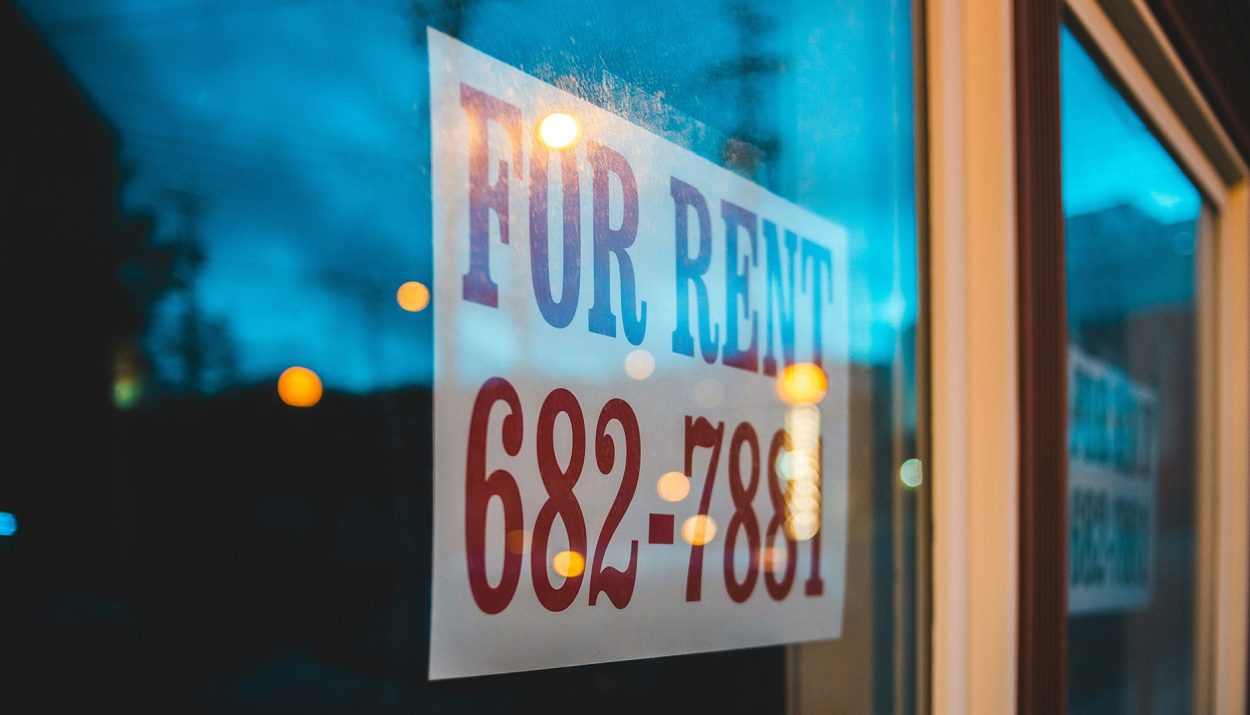It’s been a pretty heated past few years in the U.S. housing market. Home prices and property taxes reach new record highs daily. To make issues worse, citizens who need government housing assistance aren’t availed. It’s a Hail Mary period with everyone awaiting a turnaround of the insane situation.

Speaking of alternatives, experimental basic income programs are filling the gap. Americans are also channeling the benefit from other circumstantial aids towards rent. In a bid to abate the home crisis, experts keep experimenting with new housing schemes to cushion existing ones.
A Hell For American Low-Income Earners
In harsh conditions like this, no one else feels the steam more than those below the average earning cadre. Low-income workers in the U.S. are in a helpless state as they battle the rising housing crisis. The rate of homelessness within this group remains on the high side.

The American housing market is short of an estimated four million homes. This could potentially house folks a triple of that figure. Meanwhile, the supposed hope of the homeless, the government housing aid, isn’t getting around to cater to the needy.
The Dashed Housing Hope
While most people in need of homes look up to the government, it’s a fact that not everyone gets the aid. Not even the eligible. Perhaps it’s another American thing. No one even knows the fraction of the qualified that eventually gets the benefit.

Housing aid is nothing like Medicaid and food stamps which are readily available to people who need them. Only those who are beneficiaries of the prototypical basic income scheme can afford to spend a large portion on utilities and housing. Perhaps those who have received other comparatively easy-to-get government aid like the child-tax credit have similar grace.
Pandemic Emergency Aid To The Rescue In Washington D.C
Many individuals in Washington D.C have the pandemic cash relief to be grateful for. The initiative, also called THRIVE East of the River, saw to the need of several recipients. Reportedly, most spent more than half of the money on securing their shelters.

THRIVE is one of the few COVID interventions that was sponsored by private individuals, groups, and corporations. The interesting part? The project donated 72 percent of its raised proceeds to families during the height of the pandemic. This also solved other basic provisions like food, transportation, and clothing.
San Francisco’s Urban Basic Income Program
While the DCers enjoy their pandemic relief fund, San Francisco natives are also lucky to have a similar intervention. It’s the universal basic income program! This scheme gave a decent sum of $500 to those with no homes. Perhaps not so surprising what most did with it.

The follow-up report has it that more than a third of the awardees used the cash to procure permanent residences. Other surveys with a couple of similar basic income programs record that participants spent an average of 9.2 percent of their payments on housing and other accompanying bills.
Child-Tax Credit: Another Housing Superhero
Another savior deserving of the spotlight is the child tax credit. This American rescue contingency has helped numerous families stay housed. It ensured that parents receive about $3,600 for each kid under six and $3,000 for those above six but younger than 18.

It’s quite heartwarming that parents under this program are relieved about the state of their homes. No worries about the imminence of an eviction notice or the likelihood of spending the next night in a shelter house.
The Telling Importance Of Housing
Nothing beats having a place to get back to after a tiring day. There is no other way to prove this than citing the way most Americans handle their basic housing income cash. Most get their rent sorted before anything else!
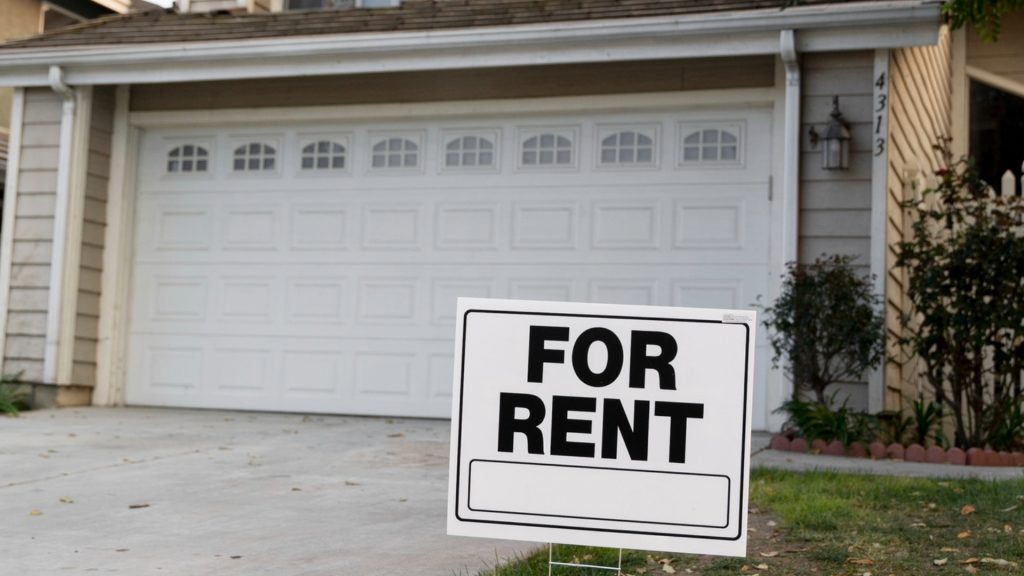
It’s an eviction economy and the rents have to eat first. Otherwise, you risk trading your home for an inconvenient spot. Of course, unless you aren’t a big fan of comfort. And even so, you wouldn’t want to put your family in that condition.
A Possible Solution?
America has its home deficits in the millions. It’s imperative that more houses need to come into the picture to abate the harsh state of housing. According to experts, the proliferation of houses in the past few years hasn’t been proportional to population growth.
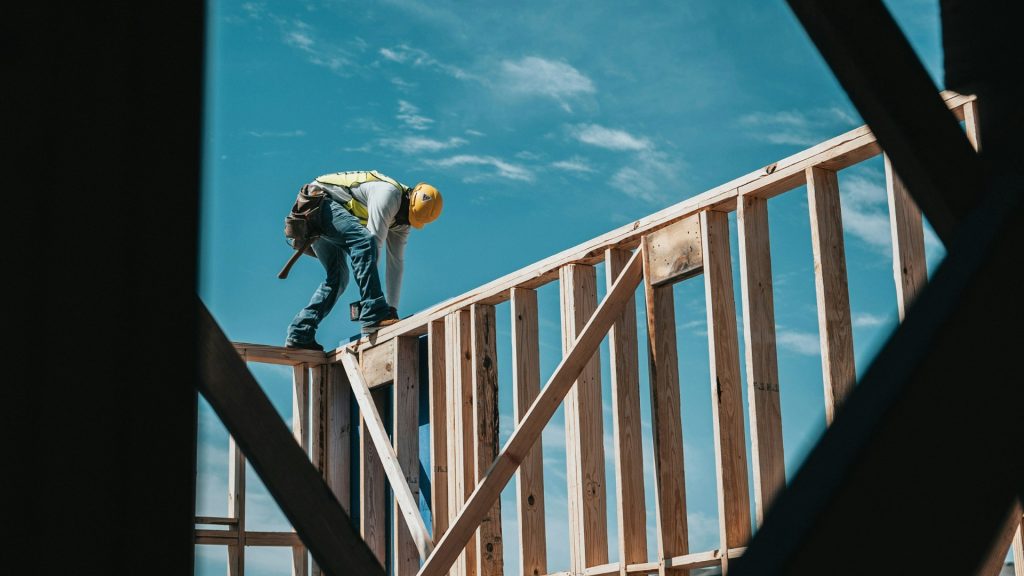
Considering this scenario, housing demand has overshadowed supply capacity. Hence the reason for the unaffordability of available market-rate homes. It’s only logical to build more to ease the nationwide housing tension.
Expert Says The Public Sector Is The Major Player
It’s been purported that most first-world nations find affordability as the main issue with housing. At least that’s what Christian Ulbrich, CEO of the international real estate investment firm JLL, thinks.
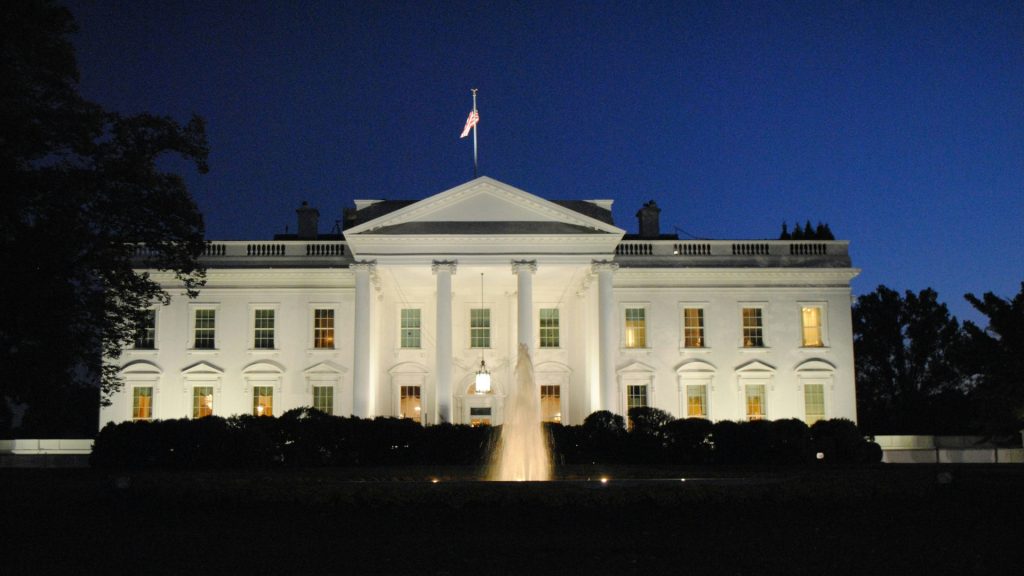
However, according to the expert, the issue with housing prices isn’t one for the private sector. It’s one the public sector should warp its head around. As a fact, nowhere in the world is housing resolved by the private economy. So, the U.S. political heads have the ball in their court.
Government Aids: A Drop In The Housing Market Pool
Right! The American Congress disburses funds yearly aimed at combating the reality of housing. The most common of these programs are the Housing Choice Vouchers and public housing.

However, times are changing and housing prices spike daily. Needless to say, these government housing aids aren’t only insufficient to go around. For those lucky enough to get them, that might just be enough for a quarter of the actual bills.
A Record Drop In Government Housing Aids
In over two decades, the government housing assistance for poor renters has drastically dropped. This is an implication of the obvious. The number of Americans needing this benefit has soared.

Approximately two-thirds of below-average tenants spend most of their income on housing. Come to think of it, these are the poorest in the society. This means they have no decipherable chance of optimizing living as rent takes all their money.
The Problem Of Underutilization
Even with the assistance programs, the system in place leaves no room for their maximization. Imagine that only a quarter of folks eligible for housing aid receive them. For the lucky ones, it’s also another battle on the other side while house-hunting.

Americans with housing vouchers are often on the slippery slope. About 40 percent have raised concerns about the difficulty in finding a landlord who subscribes to the idea of payment vouchers. This is an indicator of how fractured the housing support system in America is.
Housing Voucher Alternatives
Due to the uncertainty of securing a place with housing vouchers, researchers have come up with an innovative proposition. It’s more like overseeing a direct cash transfer for rent. The idea behind this is that cash payments for housing have an array of upsides. It also cuts the unpromising landlord channels.

The solution pitches the provision of rental assistance directly to households. This ensures a more streamlined process that ensures a sizable number of low-income earners benefit from the program.
Philly With The Headway For The Latest Solution
Philadelphia’s PHLHousing Plus program is an experimenting scheme trying out the direct rental assistance model. About 300 people on the Housing Choice Waitlist will receive a prepaid debit card instead of a housing voucher.

In the bid to help participants offset their monthly rent, the direct assistance program has a promising end. Perhaps, this is a more effective method to ease housing costs for low earners. Hopefully, other states will take the cue.
The Perks Of The New Model For Beneficiaries
More than just offering an easy way to solve rent issues, the direct assistance program aims to boost the self-esteem of recipients. The PHLHousing Plus program is an opportunity to offer flexible cash and also a sense of self-determination to the receivers.

It’s a plus if the pilot system works. The initiative can have copious evidence to convince Congress to fund a larger demonstration that will extend to more individuals. Talk about a vital win in critical times!
Concerns With Cash Transfer Programs
Without a doubt, cash transfer programs come with relief. However, experts still worry about the perception of Americans on the solution. The conventional beliefs about various kinds of government benefits could be a potential obstacle to propagating the scheme.

When it comes to cash, people handle it differently. Giving the autonomy of such choice can give room for misuse. According to the pioneers of the cash transfer model, the worry is about trusting families to know how to spend money better.
Recommended New Homes’ Staple
It’s about time the U.S. started building more homes across its regions. However, this isn’t all there is. These homes must be affordable, keeping in mind the low-income earners.
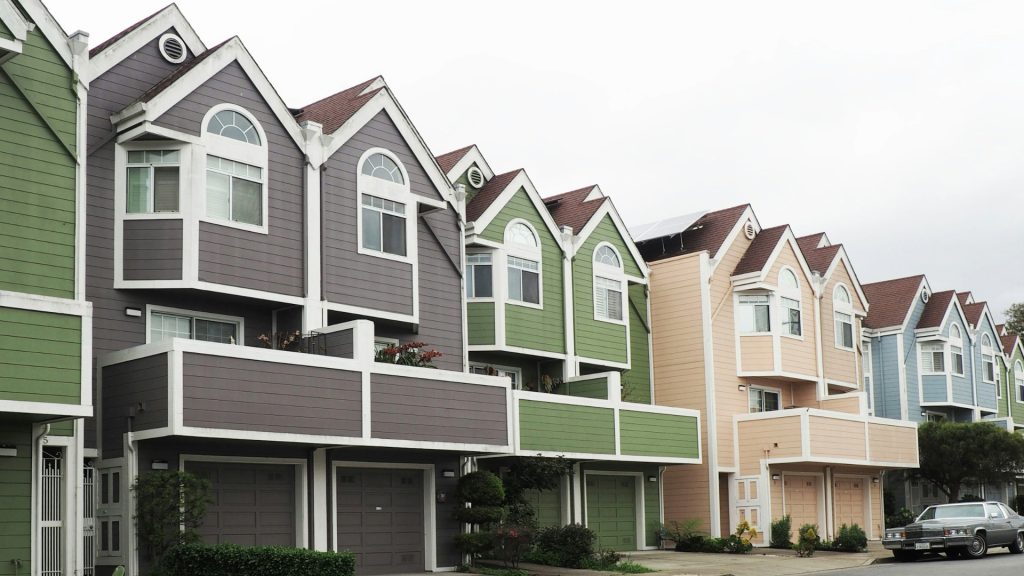
Yeah, helping the homeless is a part of the solution. More importantly, recognizing their position is more critical to solving their needs. Pumping money into the cash transfer programs without enough or affordable homes could push rent prices further.
The Way Forward
Local researchers have done their due diligence in evaluating the U.S. housing situation. It’s a complex situation needing strategic interventions. The vulnerable are the below-average earners and by nature’s law, they should be prioritized.

The reality is that the American housing crisis is a tight scene. And it might take some time to adapt to the changes the proposed models bring. Meanwhile, the sovereign truth remains that only the public sector has the power to relieve the housing market pressure.

